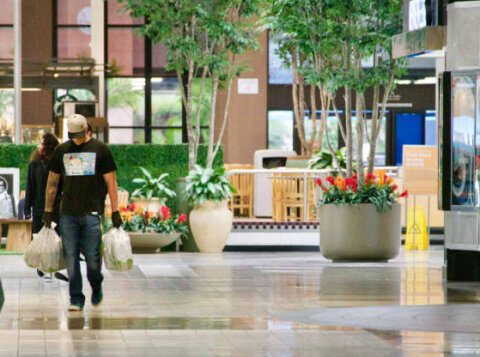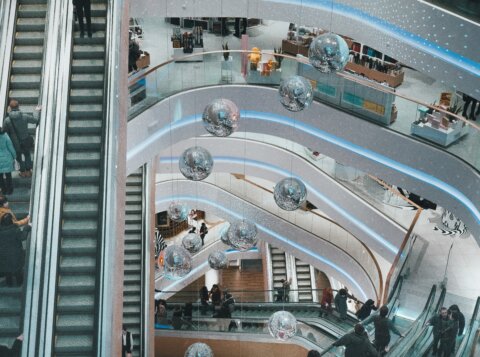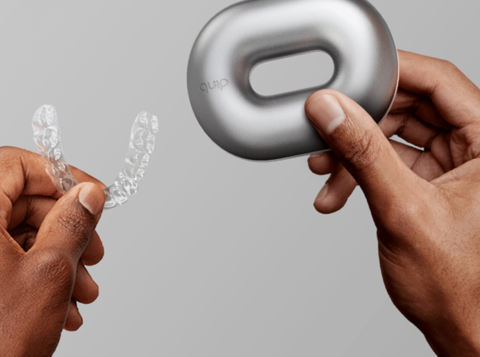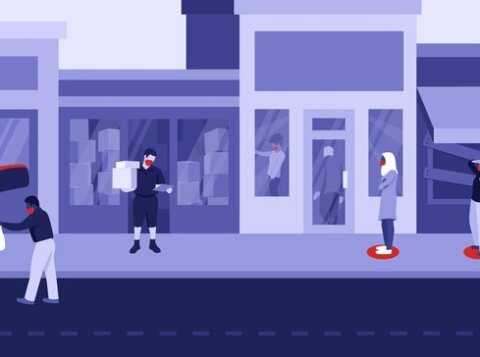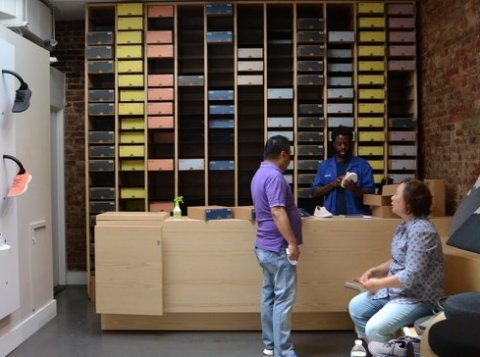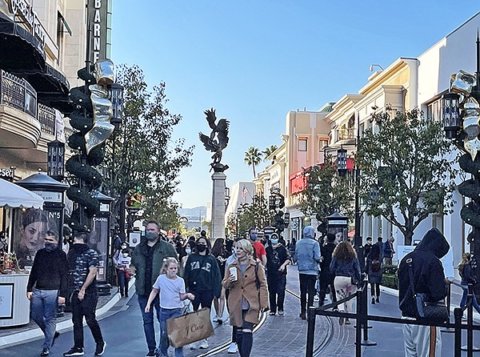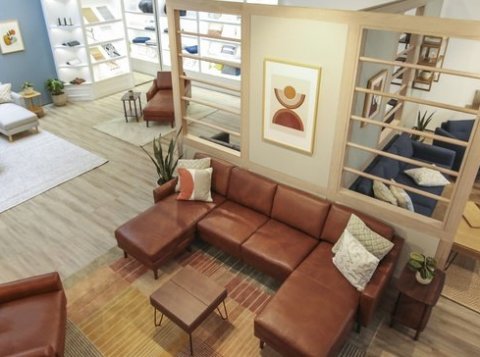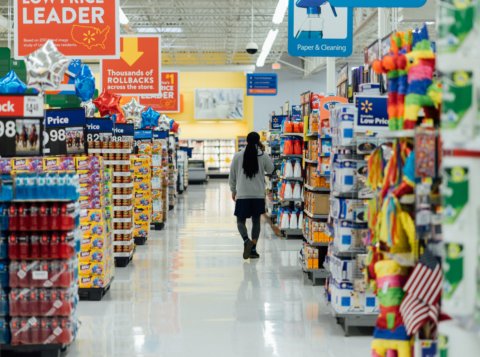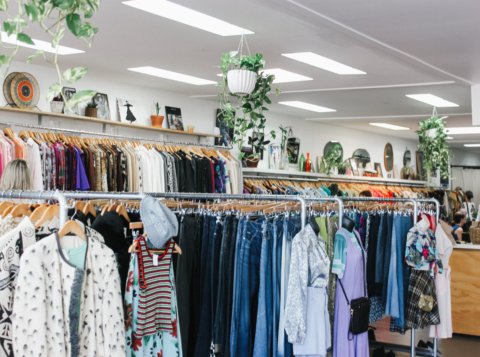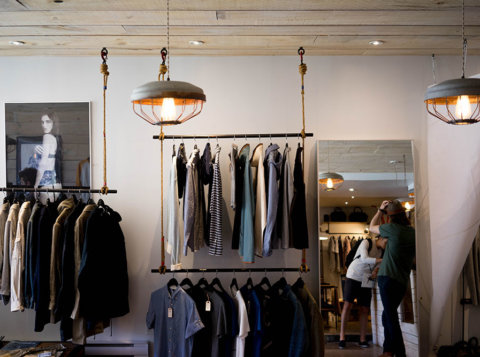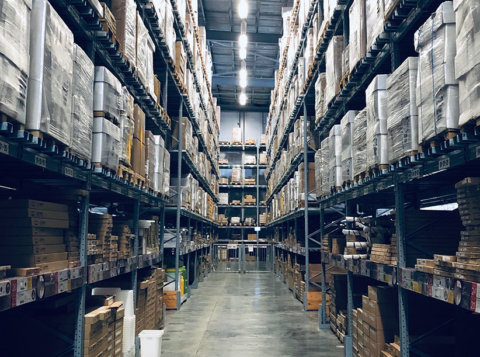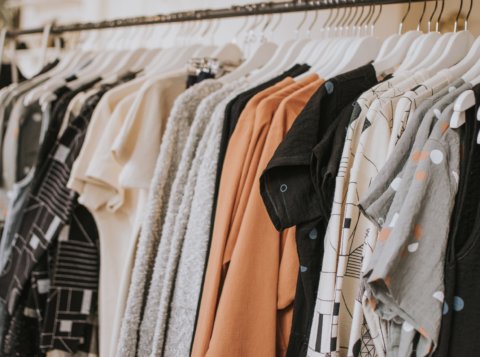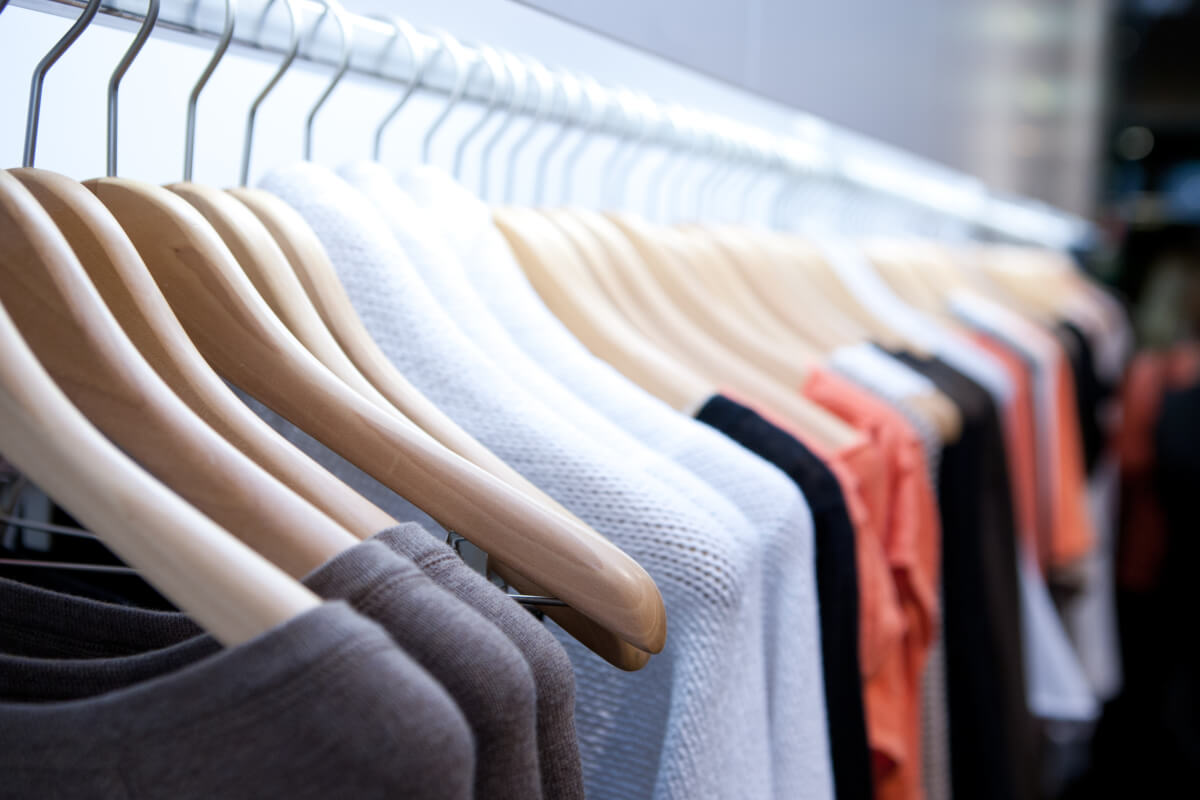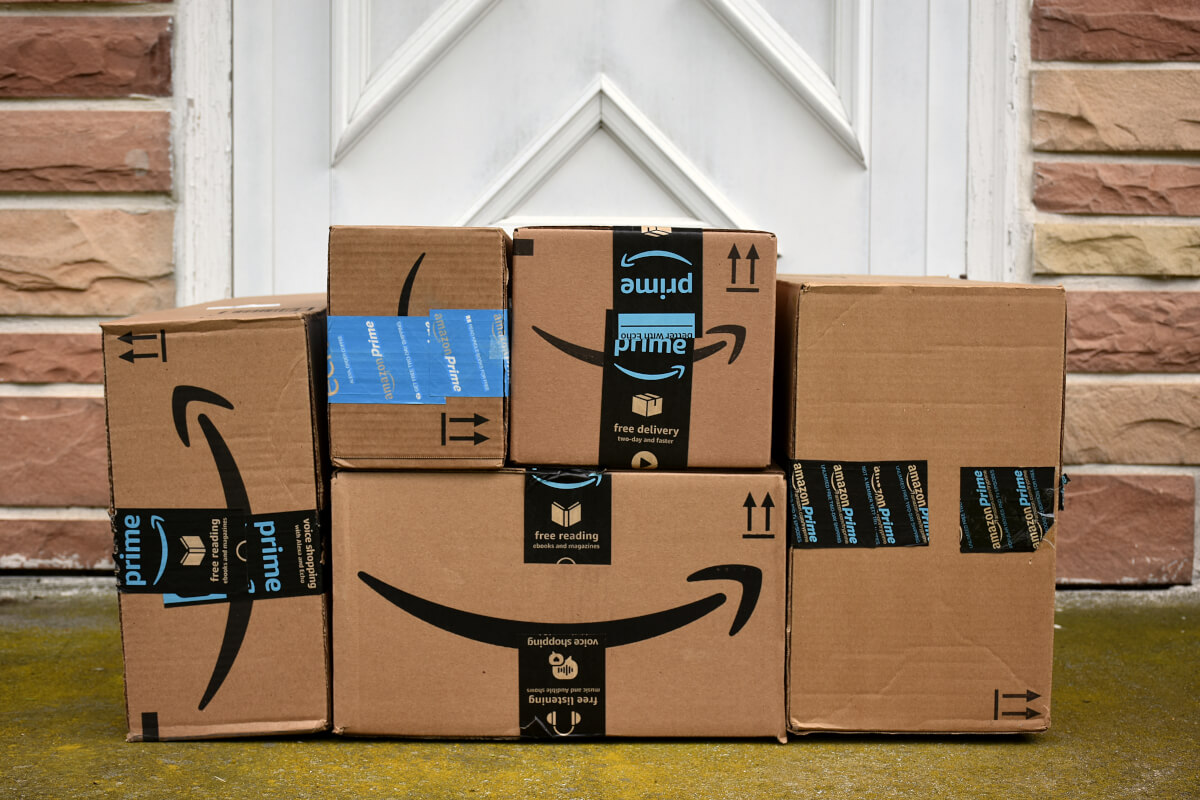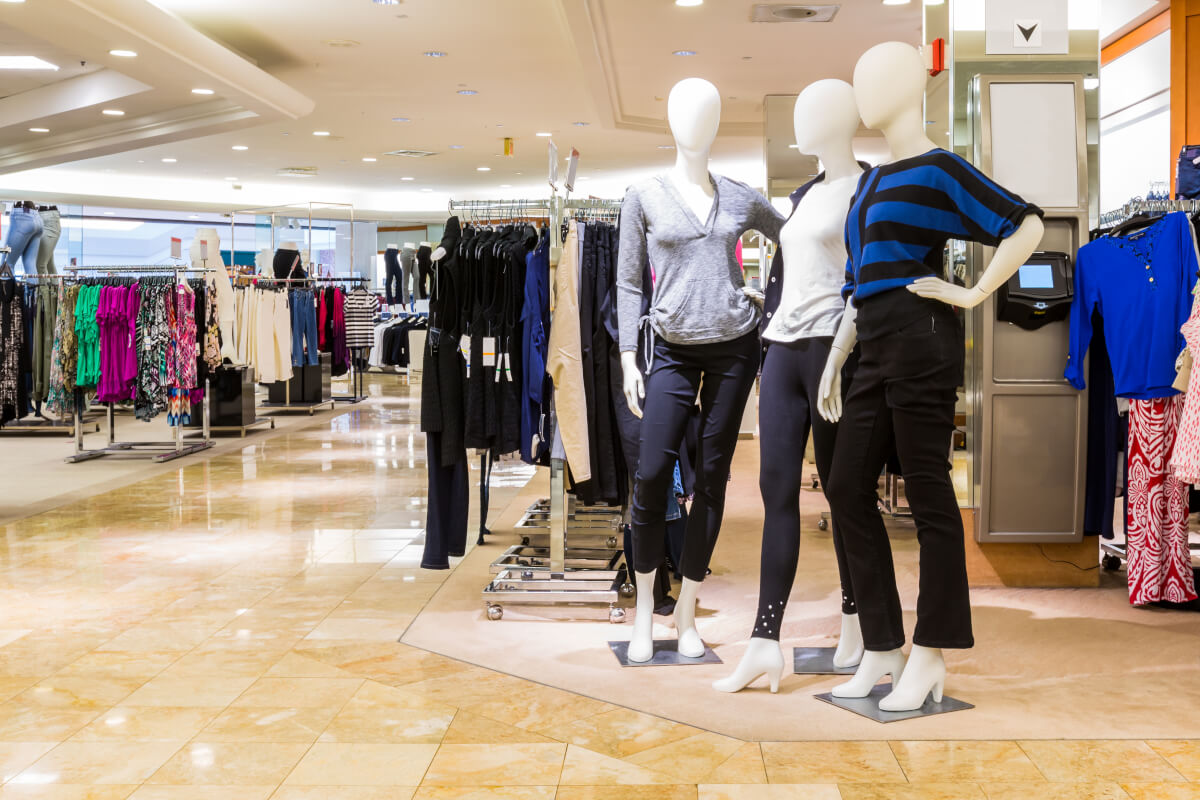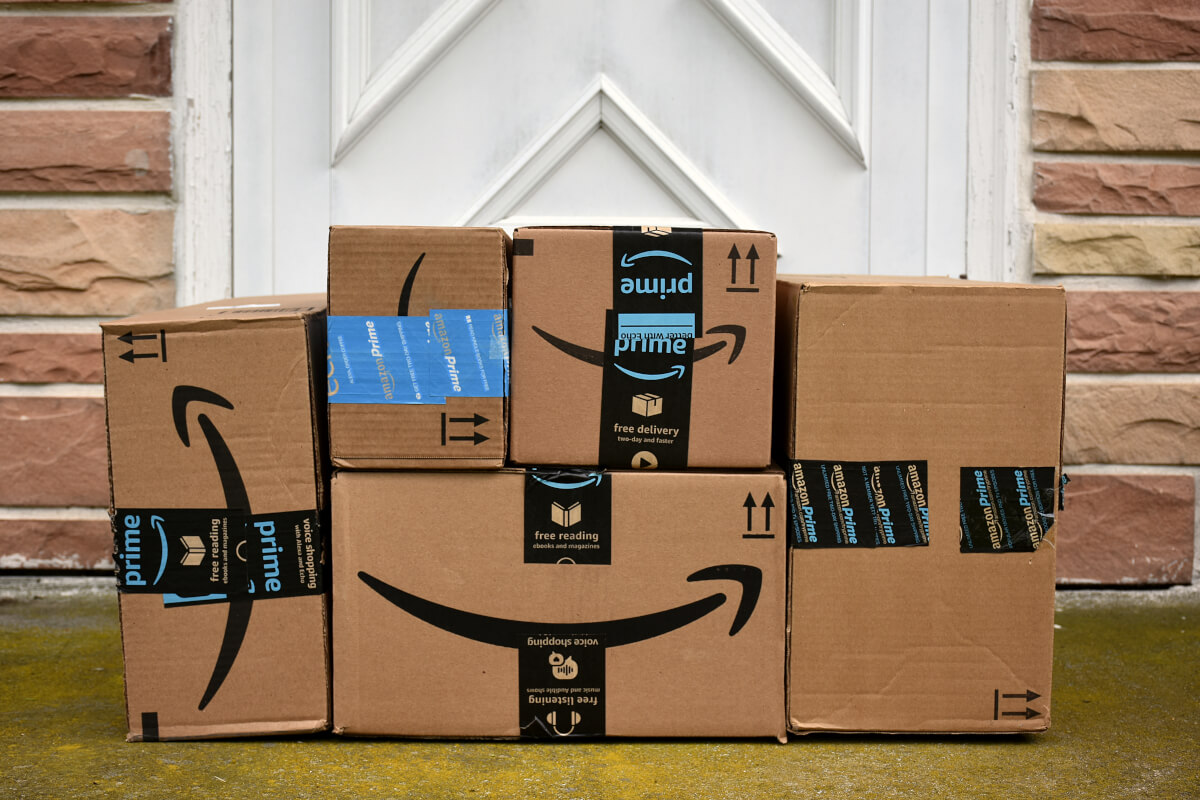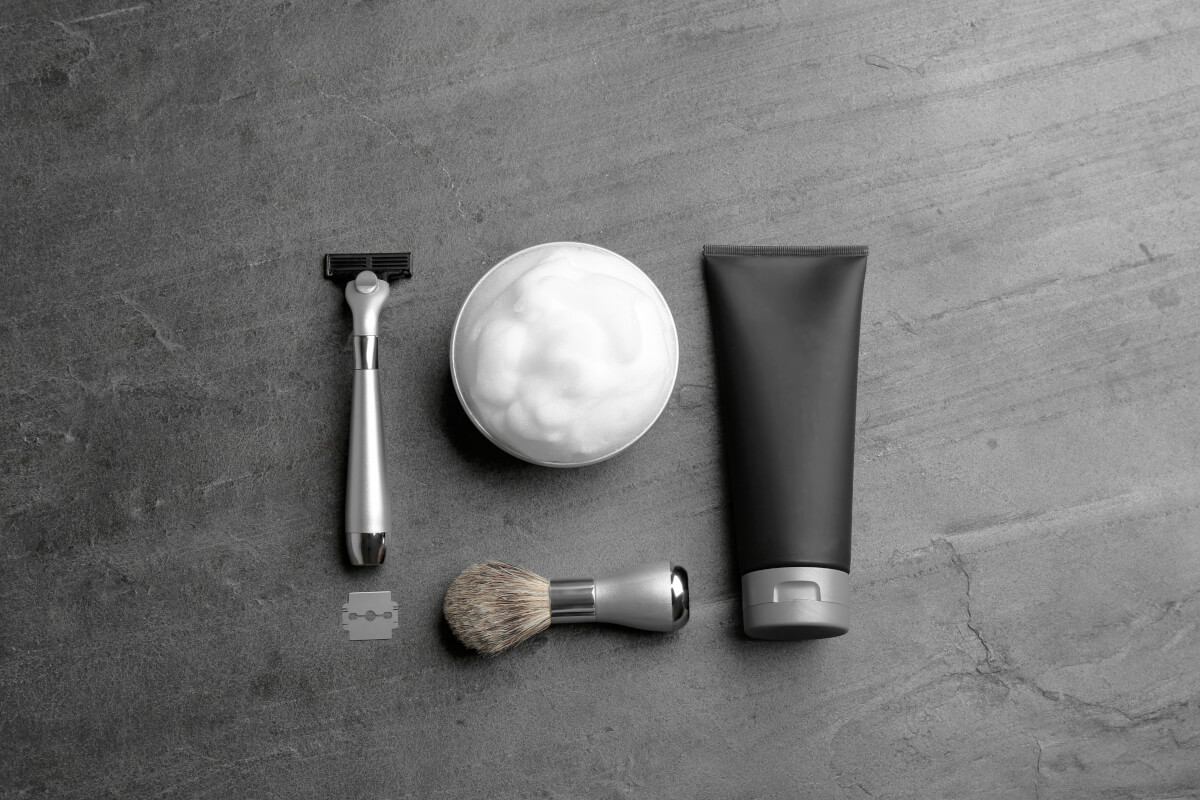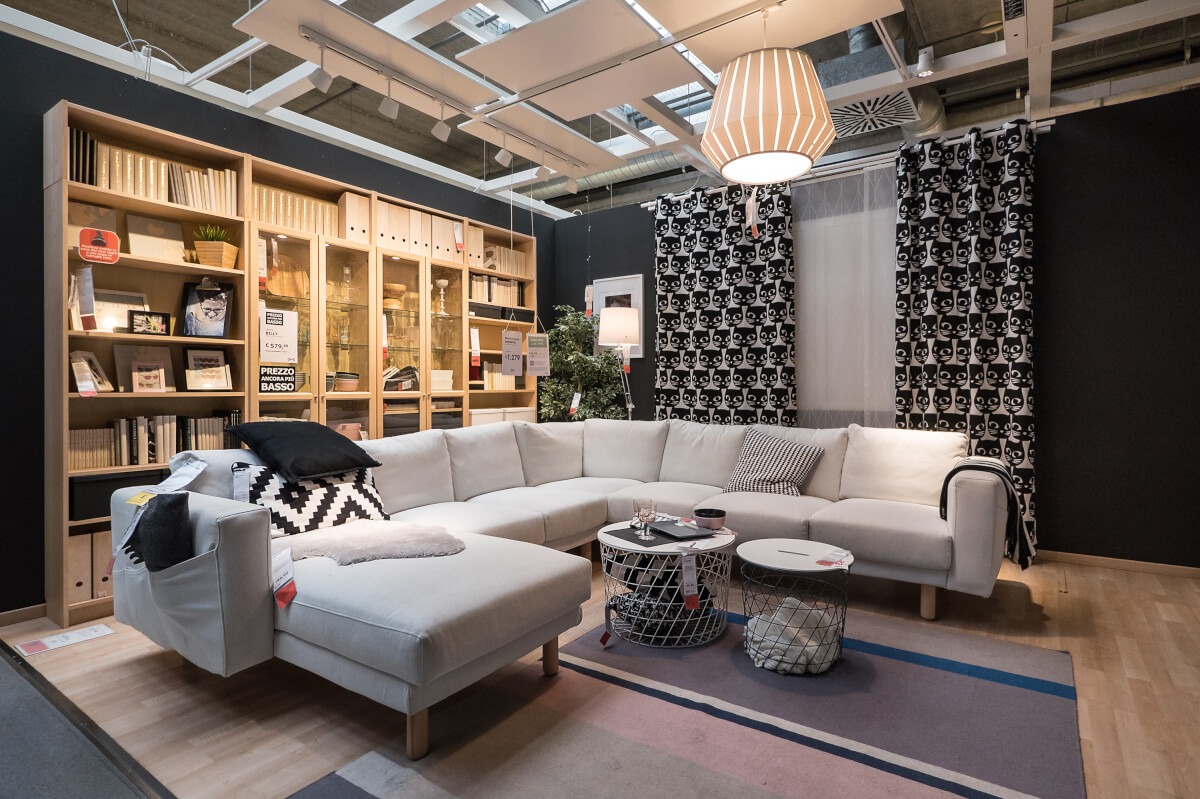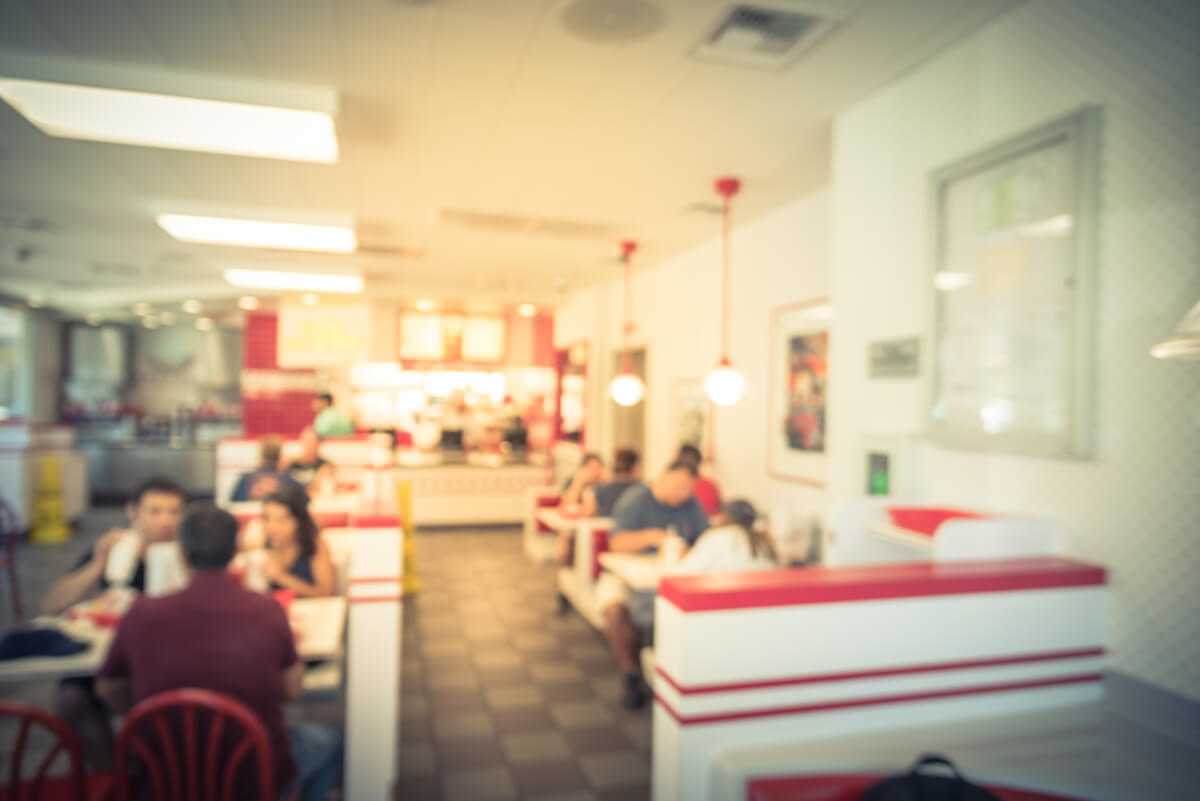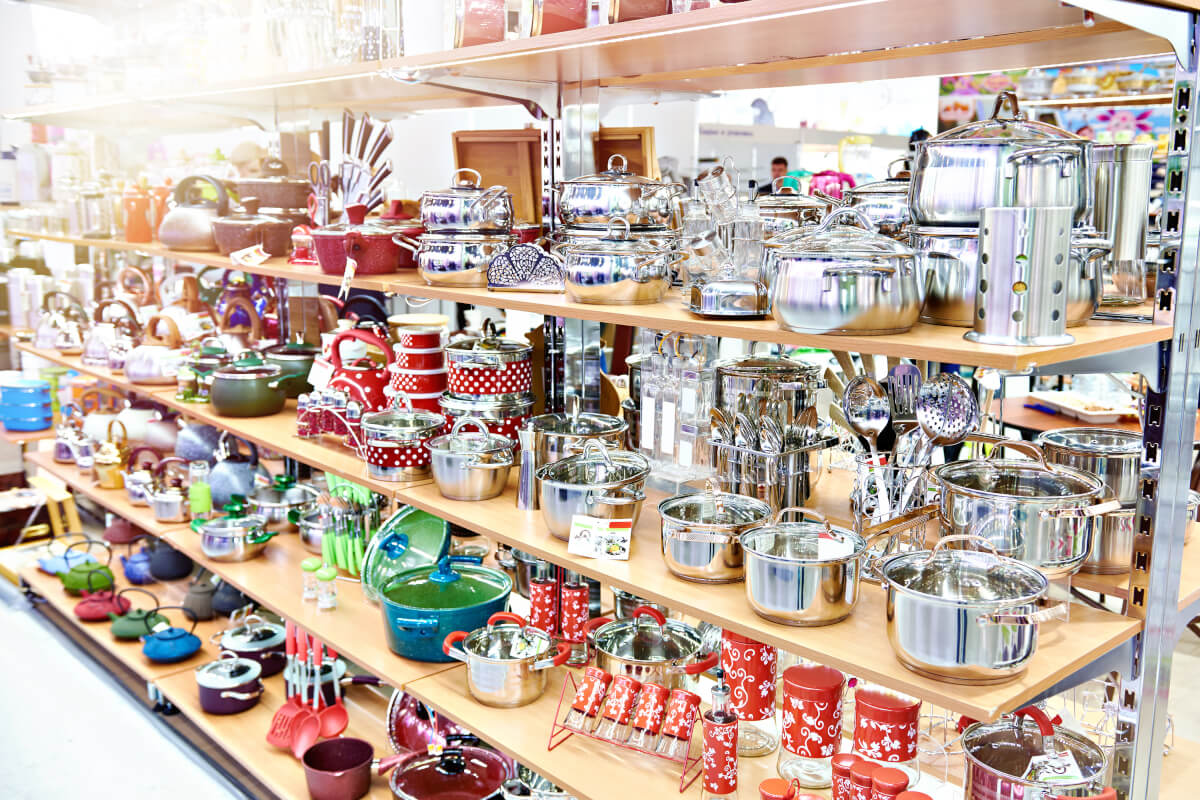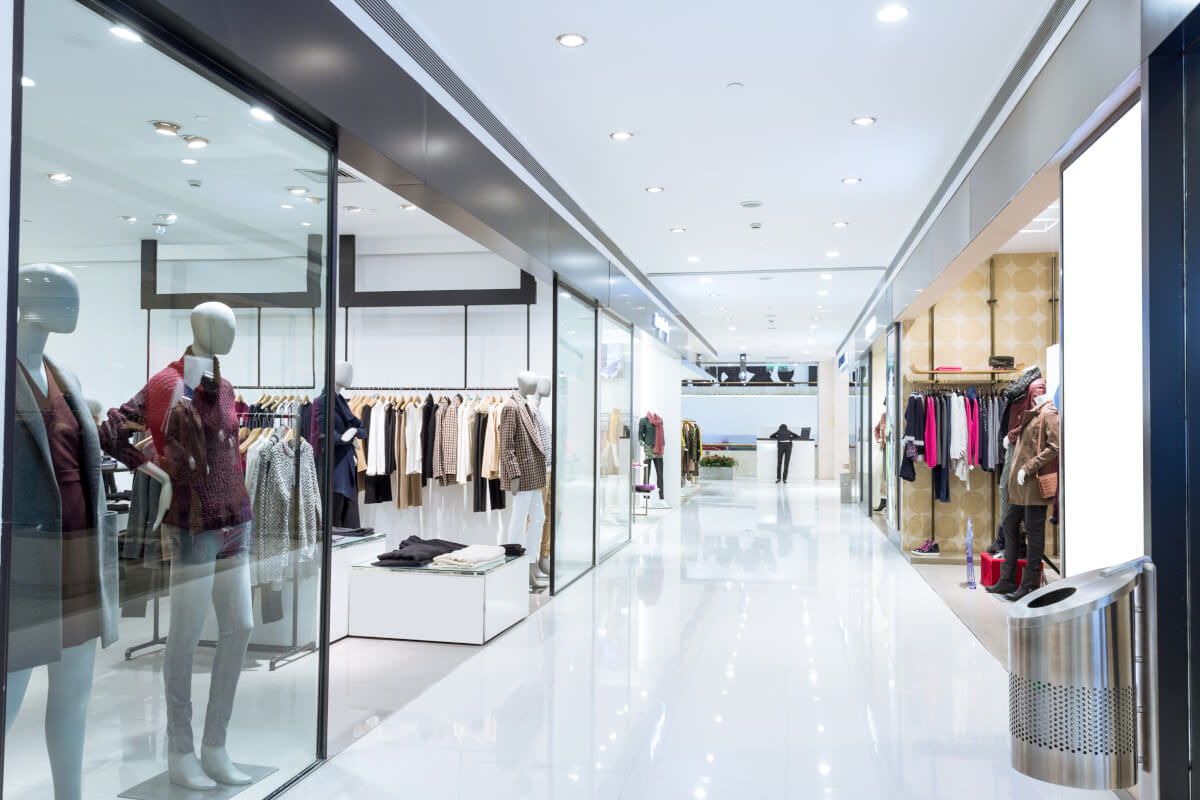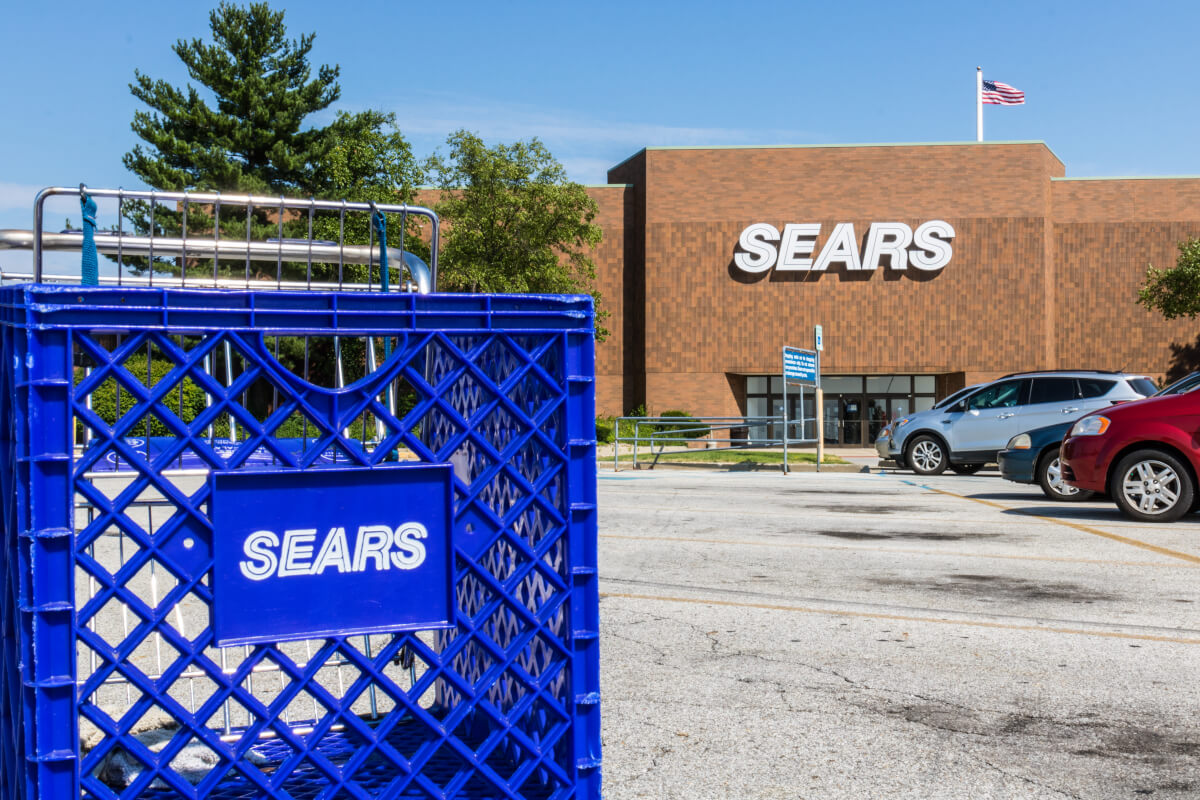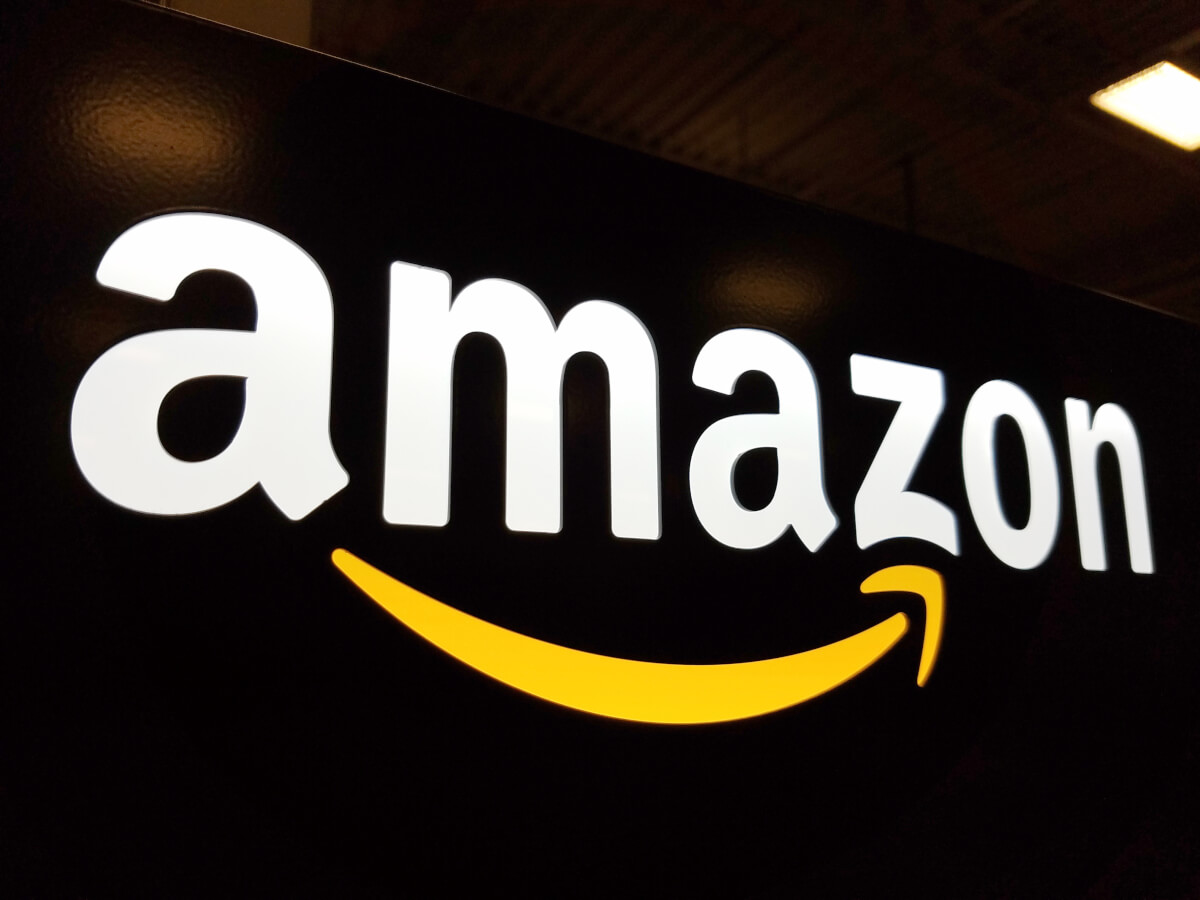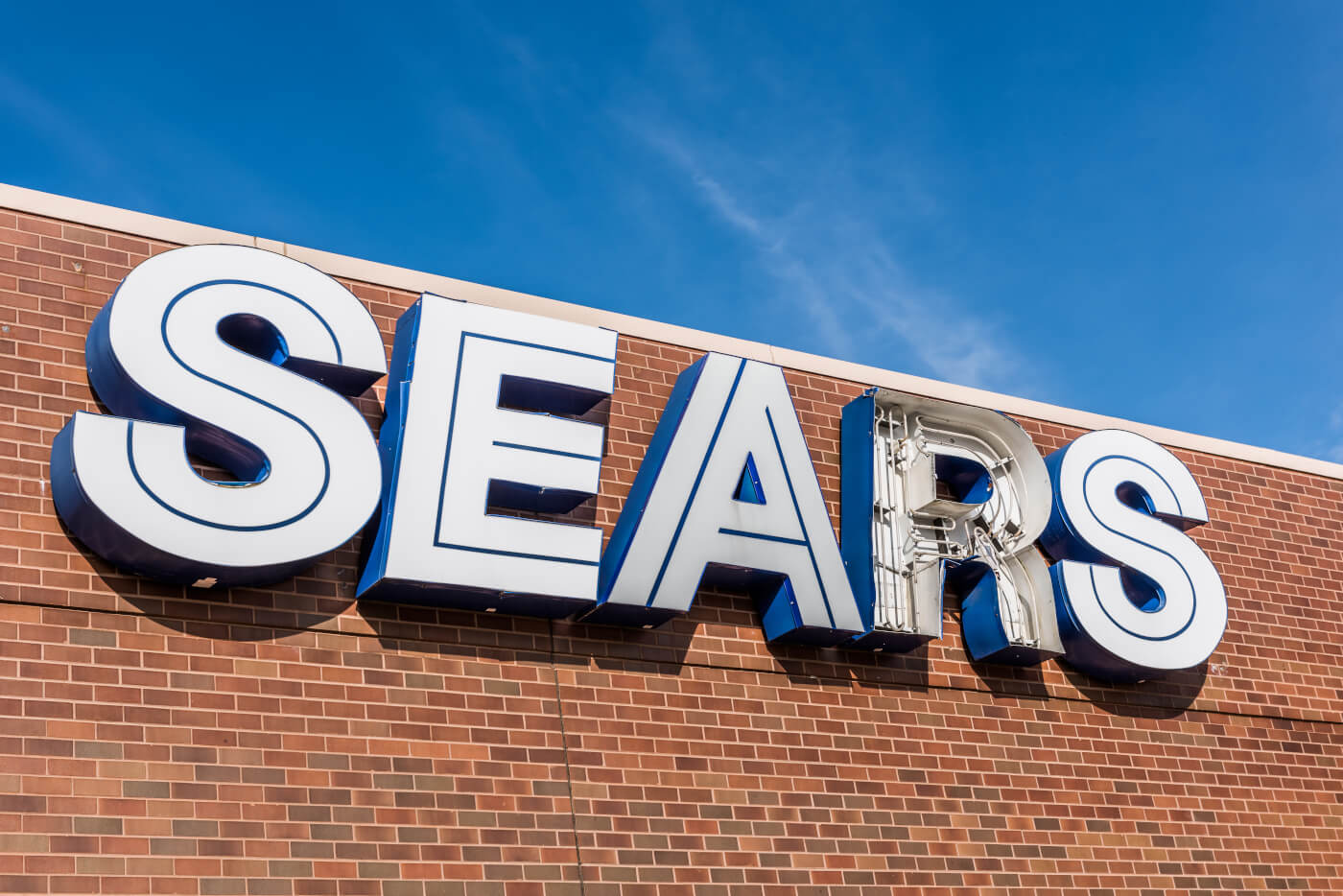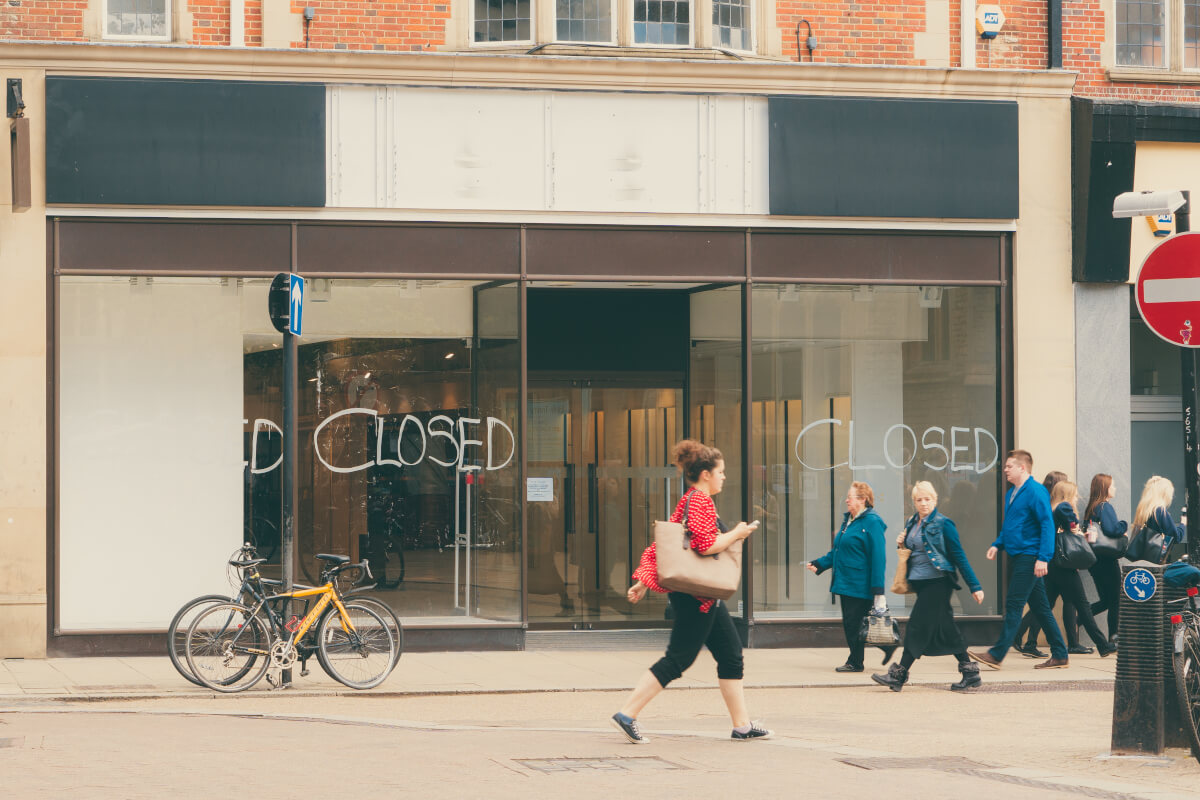Will the Once Marvelous Department Store Ever Come Back?

Many of the innovations fueling retail’s most successful startups were standard amenities at department stores nearly a century ago.
Private labels. Localization. Home delivery. Knowledge about the customer. Personalization and customization. Most of the innovations that are fueling today’s most successful retail startups have less to do with avant-garde tech like AI and robots and more to do with wowing the customer with the right merchandise, an appealing store environment and a high level of service.
Department stores, which have seen their market share relentlessly depleted in recent years, aren’t generally at retail’s cutting edge. That was ceded to Amazon, mass merchants like Walmart and Target and a slew of digital natives that sought out market chinks and vulnerabilities to disrupt.
Yet that’s exactly what department stores represented in the mid-20th century. What’s more, the amenities they offered during their heyday align with the attributes analysts believe retailers must have now to grab and keep consumer attention.
“What was destroyed was everything we need now, it’s all in their DNA,” retail analyst and consultant Sanford Stein, author of “Retail Schmetail,” told Retail Dive in an interview. “And the fix is really going back to what they were. There’s never been a better time, a more meaningful time, for the kind of choice and the kind of service and the kind of differentiated offering that department stores had 60 or 75 years ago and what customers want now.”
The marvelous
As a retail innovation, department stores were mostly a 19th century phenomenon that reached a high point in the mid-20th. Located mostly downtown in U.S. cities of all sizes, many were architectural wonders built to recall the grand buildings of Europe. Part of the appeal was convenience, in the form of one-stop shopping.
Early department stores offered a wide merchandise assortment that, depending on the store, included departments that sold wine, pewter, rugs, electronics, photo printing and studio services, auto parts and services, jewelry, imported goods, tailoring, beauty items, music and musical instruments, eyewear, toys and, of course, apparel, according to architect Bruce Kopytek, who writes about the history of department stores. Many of them functioned as emporiums of wonder, capturing the kind of newness also found in the world expositions popular in the 19th century and beyond.
“There’s no doubt that department stores were once places that shoppers could spend the day at,” Doug Stephens, author of “Reengineering Retail: The Future of Selling in a Post-Digital World,” told Retail Dive in an email.
The attention to architecture was also inside: Interiors had cathedral ceilings and carefully appointed shopping areas. As the stores moved into the suburbs, retailers like Lord & Taylor brought in modern architects to design not just the buildings and spaces, but also furniture for consultations, Kopytek says.
Customers would dress up to dine at department stores’ tea rooms and restaurants. Women arriving with young children could entrust them to in-house babysitting services that allowed them to sit in peace with store associates. And those associates worked as stylists to find items that suited the women’s taste for themselves and their homes. Relationships developed, and a customer might get a call if a dress came in that seemed just right for her — in some cases styles the buyers had commissioned from French designers for the store’s private label. Clothing was likely kept behind interior walls, to be brought out for customers to try on instead of displayed in racks on the floor. Shoppers could have their purchases delivered to their home.
“If they didn’t know what they wanted, the department store fulfilled the possibilities,” Kopytek said. That idea is captured in the Amazon Studios series “The Marvelous Mrs. Maisel,” when the title character lands a job at the makeup counter at B. Altman in New York City after she recommends a lipstick to a fellow customer who wants “to look like Leslie Caron in ‘Gigi.'”
“Red works great with pink, and it’s terrific with your complexion,” she says. “You have some natural rosiness. Just make sure to pick a tone that doesn’t augment that too much. Keep it subtle. … Try ‘Cherries in the Snow.’ That’ll get you close to Caron.”
The Maisel character sells the customer three tubes — after an exchange that today is more likely to be had at Sephora than at any department store.
“The idea was that if they go there, they were counting on that sales person to understand their needs and what would look good on them,” Kopytek said. “It would be store policy to never let the customer leave with something that didn’t look good on her. They were always on the pulse of what was new, not just the same thing that everyone else was offering.”
The ruin
When Lee Peterson, executive vice president of thought leadership and marketing at WD Partners, worked for The Limited in the 1980s, he would encounter local buyers for Columbus-based, Federated-owned department store Lazarus on the plane heading to the New York fashion shows, on the hunt for emerging styles for the customers back home whose tastes they knew so well.
Those trips ended with waves of department store consolidation. When the May Company merged with Federated (later renamed Macy’s), 491 May department stores combined with 450 Federated stores. The idea, backed by then-Macy’s CEO Terry Lundgren, was to achieve “scale, efficiencies and synergies,” Peterson said.
Instead, it ushered in sameness.
Centralizing merchandising decisions may have been more efficient, but it eroded the close relationship between each retailer and its customers. “They kind of backed themselves into a corner,” he told Retail Dive in an interview. “They can’t go back to ‘Lazarus’ any more — they ruined themselves. It would also be really difficult to go back to the system that they had in terms of local purchase.”
The move to shopping centers exacerbated the problem of creeping homogeneity, as specialty stores stole share from each department and malls provided the experiences. “Couple that with the rise of outlet malls — and then they’re competing on price,” Michael Brown, partner in the consumer and retail practice of global strategy and management consultant A.T. Kearney, and author of the report “The Future of Shopping Centers,” told Retail Dive in an interview. “Most department stores are now just a destination where consumers go for a sale. Their best days are behind them.”
Perhaps department stores’ biggest mistake, however, was their lack of appreciation for their workforce. Not only did they yank the tasks of localization and customization from their workers, but also culled their ranks and cut their pay, experts say. The high-touch customer service once so central to their brands is now found at specialty retailers, or startups like Stitch Fix or Trunk Club (now owned by Nordstrom), which tout virtual styling services and employ data to curate assortments and personalize offers.
“Customer service and white glove service were extremely important to our culture, but it also became about abundance,” Thomai Serdari, a professor of luxury marketing and branding at New York University’s Stern School of Business, told Retail Dive in an interview. “They ultimately abandoned the white glove service to offer abundance, they focused on volume and variety, but in a way that has no soul. In any of the department stores that you walk into, including Lord and Taylor and Macy’s, you’re faced with that volume and mass of goods, but they have gotten rid of people.”
There’s much to gain if store workers are once again treated as professionals, according to Stein. “The part-time help with no benefits is nowhere,” he said. “Empower people to make decisions. It means a decent living wage. And it means that the store is less about storing and more about storytelling.”
The struggles are evident and in some cases department store retailers face extinction. Southern chain Belk hopes a new marketing campaign will give it a lift. Lord & Taylor, its Fifth Avenue Italianate flagship sold off, is now for sale. Hudson’s Bay Co., which runs that banner as well as its Canadian namesake and Saks, may go private. After last year’s bankruptcy, Bon-Ton is a shadow of its former self. Neiman Marcus is mired in crushing debt. It’s a partial list of retailers that have all too much in common, including disappointment at the holidays and again in the first quarter, an oversupply of space and an undersupply of customers.
“There are so many things that department stores did right for years and years, and so many of them didn’t respond to even basic Amazon pressure. Now they all are exactly the same and can’t afford to have so many doors,” Tyler Higgins, leader of the retail practice at global consultancy AArete, told Retail Dive in an interview. “They can do creative things in their flagship city stores and can have high-end restaurants, they’re trying all these ideas. But the fundamental problem is they have too many square feet to fill up.”
The revival?
Thanks in part to their rich history and past strengths, some department stores are taking steps to revive their fortunes.
“You need only look at something like Nordstrom’s Local as an example of one of the few remaining viable department store retailers understanding what the next chapter looks like,” Stein said.
It’s an approach that, while couched by co-president Erik Nordstrom at Shoptalk this spring as a way to serve customers in an omnichannel era, harkens back to the previous department store era approaches of keeping inventory in back rooms and offering tailoring and home delivery.
“We’ve learned that if it’s a smaller store where there’s not merchandise to display, it’s easier to communicate all the services we have and engage with customers,” he said, noting that while alterations represent one of the company’s oldest services and that “we have the most tailors of any company in North America,” Nordstrom has only recently highlighted that at its Local stores, to its benefit.
E-commerce has mostly taken over the convenience and price plays, so shoppers need more reason to go to a store, experts told Retail Dive. Macy’s and others have shaken up beauty sales, freeing employees to be brand-agnostic and developing exclusives, to defend against Sephora and Ulta. That needs to happen across the board, according to Brown.
“To be successful, department stores really have to work on their ability to incubate new and exciting brands, and have a curated assortment and experiences that drive traffic to the store,” he said. “If it’s all about price, the consumer will stay at home and shop online. If it’s about experience and emotional attachment, then consumers will be loyal to that. How Bloomingdales curated their assortments with exclusive events — it wasn’t only about the everyday assortment but how do we rotate excitement through the store to make people come back. Once you do that, the consumer says, ‘I need to look for that at Bloomingdales.'”
After shuttering 100 of the stores that it acquired several years ago, Macy’s has turned to partnerships with retail concepts b8ta and Story (acquiring the latter and hiring its founder outright) to bring in customers with revolving assortments in categories beyond apparel. But, with Story in just 35 locations in 15 states, it’s too early to call those brand- redefining moves. Stephens, who advised Macy’s to invest in that concept, believes it should be applied more widely, while other observers warn that Macy’s must also shutter yet more space.
Stephens singles out startup Neighborhood Goods, which calls itself a new kind of department store, as a model with “food and social events as the centrifuge of their store.” But Brown, Stein and Higgins all point to Target, a discount banner that sprang from former Minneapolis department store Dayton’s. “You walk into the new Target store and it’s as good as these department stores might want to be,” Stein said. “They’re doing all the right things — they’ve curated the private label brands, they’ve created spaces that are open and well lit.”
Department stores abroad are ahead, with better layouts and customer service, according to Stephens. “Most [in North America] are just a sea of mediocre products and discount banners, while new creative companies are re-establishing department stores as entertainment centres,” he said. “In Tokyo, a store called Tsutaya Electrics uses books as a navigation tool to every element of a consumer’s life. They are a bookstore that sells appliances, salon treatments, furniture, electronics and more. And Muji has just opened a flagship store in Ginza that features restaurants, grocery and a hotel!”
There’s no one blueprint, nor should there be, according to Higgins. “There’s just so many ways that a department store can shift or transform,” he said. “What I hope is that they all shift in different ways. Hopefully they’ll migrate away from being all the same.”



